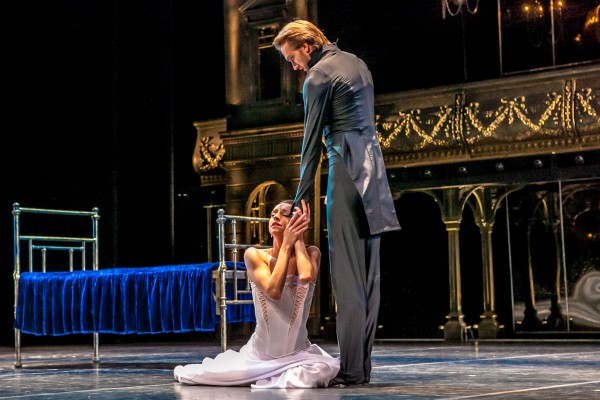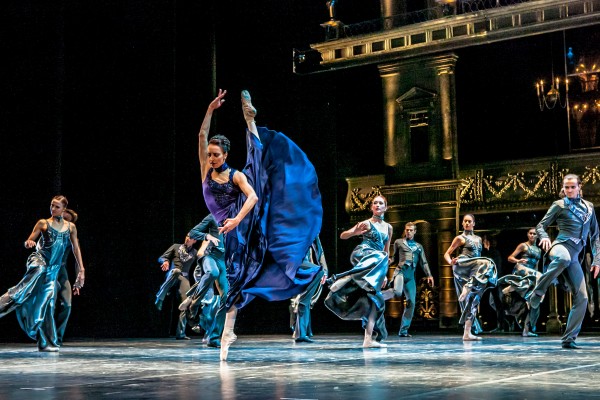The Eifman Ballet staged its first production in Australia with the opening of Anna Karenina at Sydney’s Capitol Theatre last week.
Audiences were treated to an emotionally powerful and visually beautiful ballet.
Boris Eifman likes to tell a story and Anna Karenina is easy for audiences to follow, even if they’ve never read the Leo Tolstoy masterpiece.
Eifman’s particular approach combines grace and elegance with muscularity and distinctive choreography. The dancers are statuesque and enthralling as they dominate the stage with moves that embrace both classical and modern dance.
But the real stars are Eifman’s choreography and the dramatic music of Pyotr Tchaikovsky which is crucial in helping Eifman deliver that emotional punch.
In this ballet in two acts (which premiered on March 31, 2005) audiences are transported back into 19th century aristocratic Russia and the ill-fated love triangle of Anna, her older husband Karenin and her cavalry officer lover Vronsky, ironically both named Alexey.
The drama starts with the ballroom scene where Anna and Vronsky meet and develops further when the couple appears among richly-garbed masked figures at a ball.
Driven by her passion for Vronsky, Anna is willing to sacrifice everything: her young son, her husband and her social standing.
The three leads are superb, especially Nina Zmievets who danced the role of Anna with subtlety and emotional depth. Zmievets’ extravagant extensions and perilous lifts capture both the tenderness and intensity of her physical passion.
Her movements with Oleg Gabyshev (her lover Vronsky) are highly erotic and fluid at the start of their love affair but become increasingly detached and convoluted as the romance fades.
But it is in the pas de deux with Oleg Markov (husband Karenin, a senior statesman 20 years her senior) where the skill of the dancers and Eifman’s powerful choreography are most evident.
The repulsion of her husband’s amorous advances, amplified in the awkward and distorted dance moves, is almost uncomfortable to watch.
Zmievets’ supple elegance conveys Anna’s passionate obsession as she is propelled in desperation towards the steamy train tracks, and the striking finale that involves a large part of the 50-strong company.
Those critical of Eifman’s approach claim his stories ultimately unravel in sensationalist fashion with sexuality amped up to the highest decibels. But this ballet is transparently about emotions and overwhelming passions: this is after all a classic tragedy of a woman torn between the competing demands of family, especially her son, and her irresistible passion for her lover.
This ballet has other things going for it: the sets by Zinovy Margolin are effective and striking; Slava Okunevare’s costumes are eye-catching and lighting by Gleb Filshtinsky is evocative.
It is ballet to be revelled in: a very interpretive narrative work where the emotional intensity is delivered by gorgeous statuesque dancers, grand sets and beautiful costumes, and choreography and music that express intense energy and emotional power.
Anna Karenina ended its short season at the Capitol Theatre with today’s matinee performance. On Wednesday the next ballet, Tchaikovsky, opens and runs until Sunday August 26, 2pm.
The Eifman Ballet then moves on to Melbourne’s Regent Theatre, with Anna Karenina opening Wednesday, August 29 and Tchaikovsky opening Wednesday, September 5.





